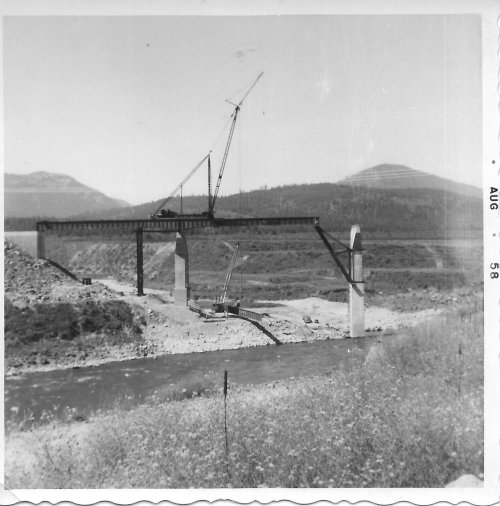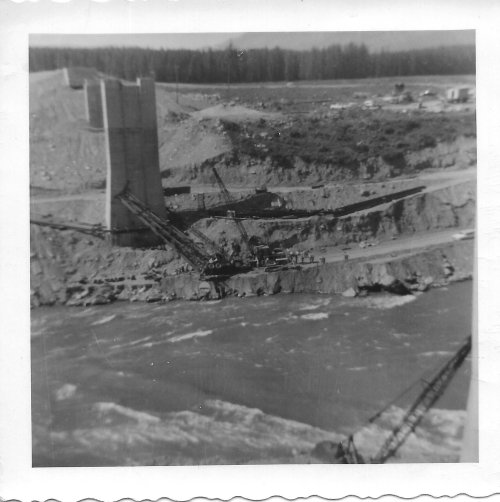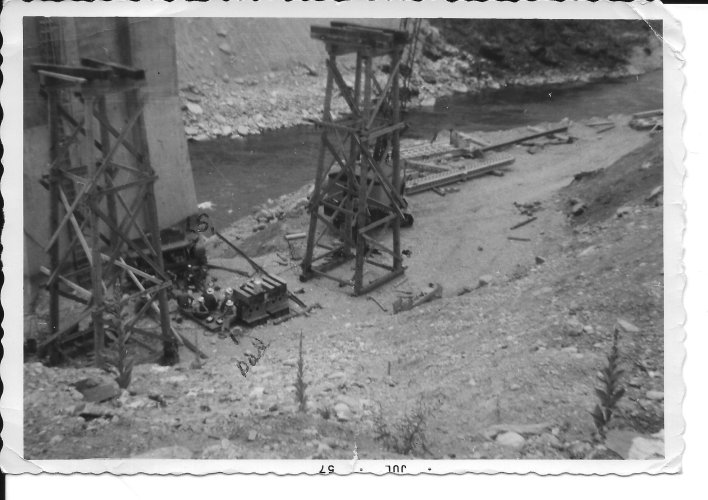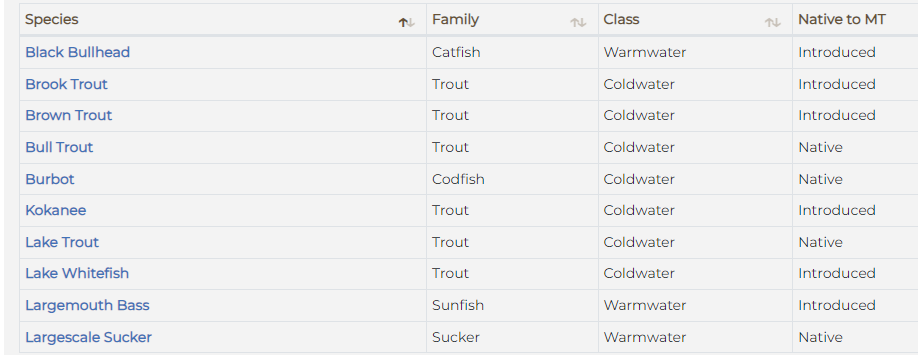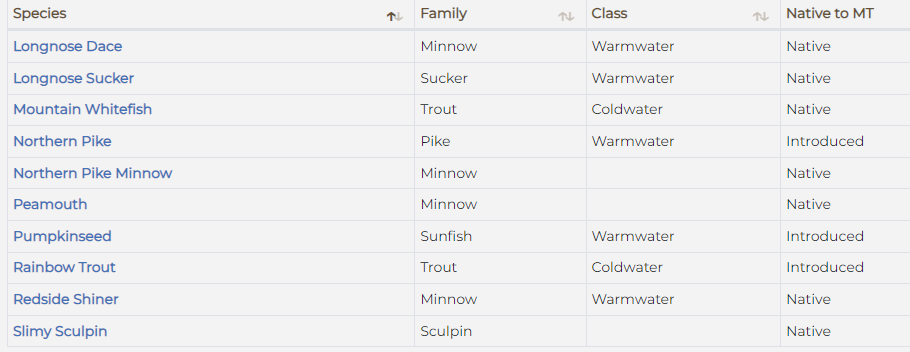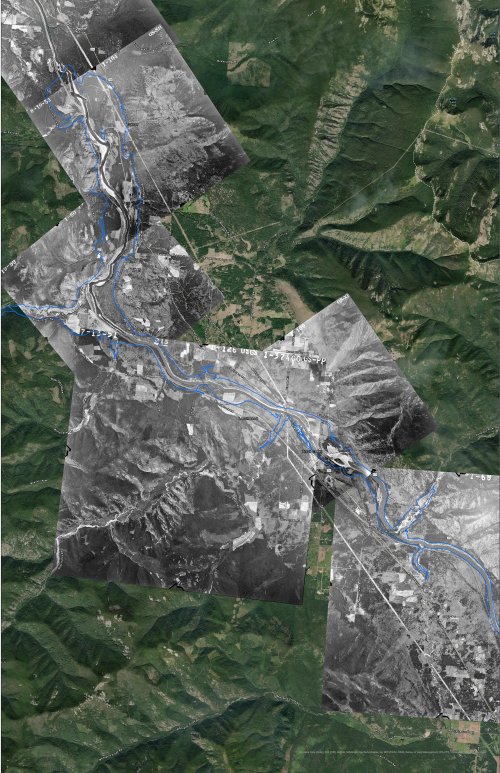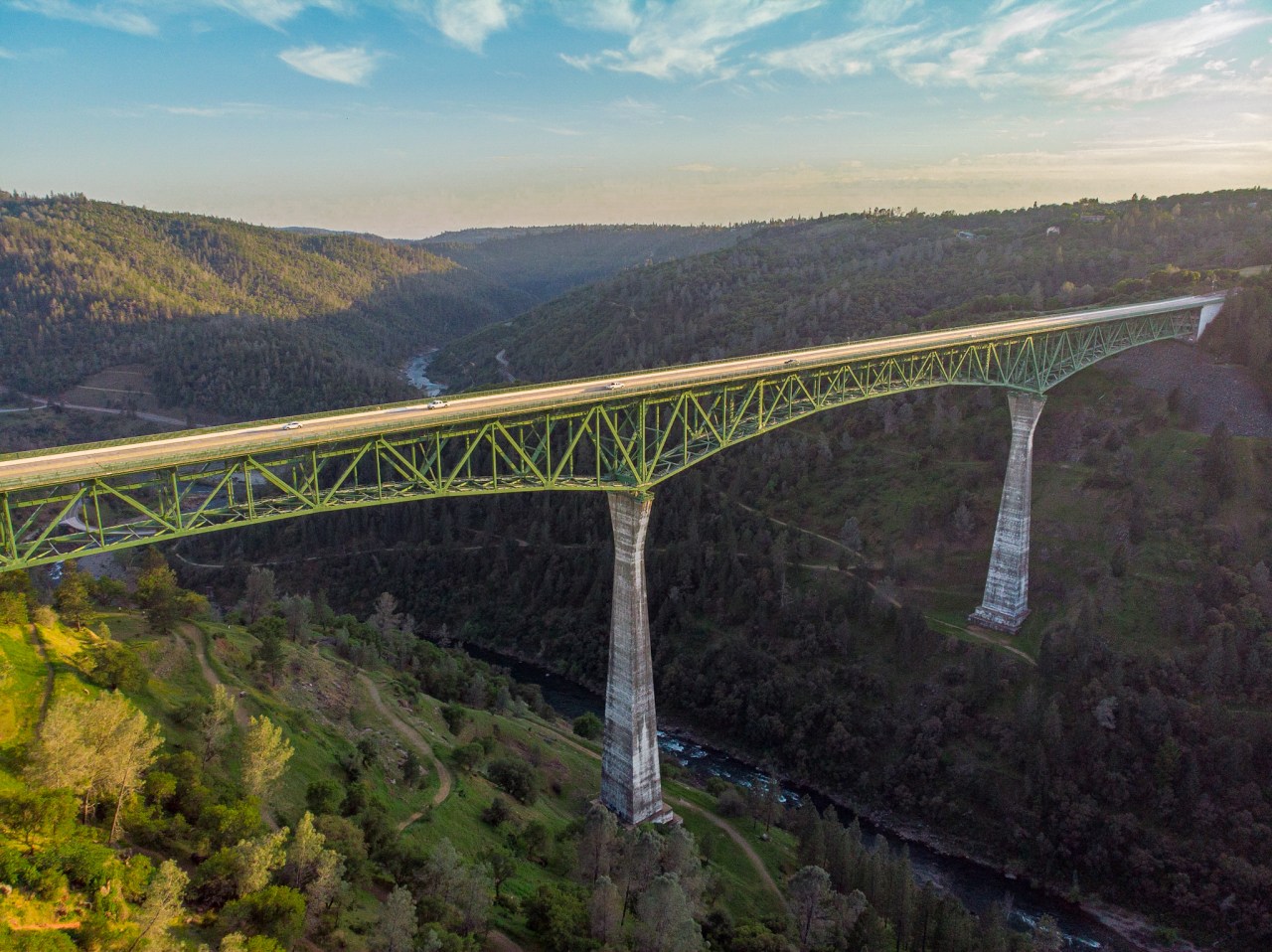Do your irrigation districts have tiered rates? Municipalities frequently have tiered rates over here, but the irrigation districts I'm familiar with are all flat on a per acre basis. Nobody knows how much water they use.
irrigation districts i wouldn't know.
the ditch companies certainly don't. they have assessments to pay for ditch maintenance and some employees but otherwise it's your water right thats kinda just held in trust by the ditch company.
however, our measurement rules are extremely robust and very much enforced. we largely have a good handle on how much water is being used by anyone out here.




